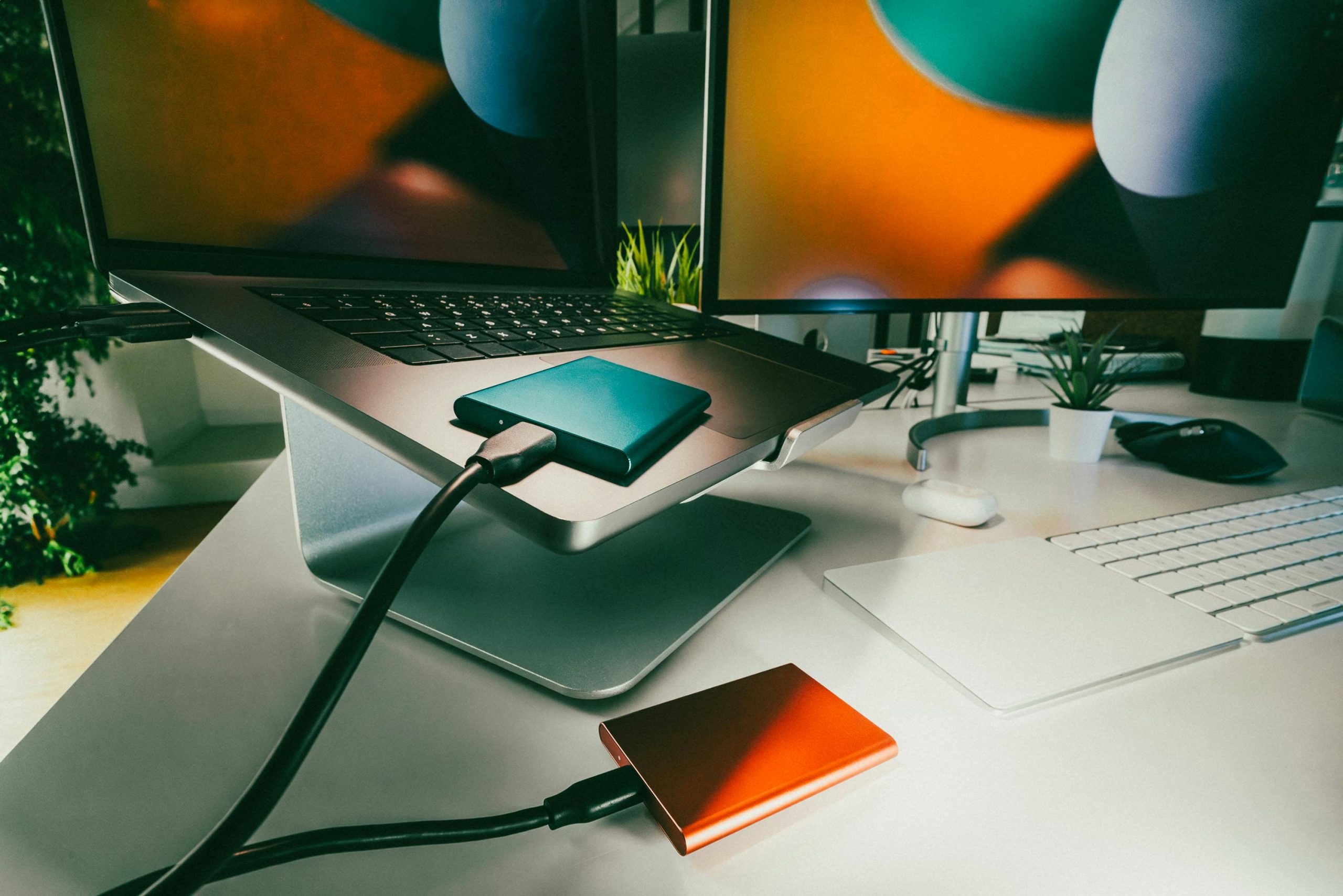Understanding and Troubleshooting a HDD Recognized in BIOS but Not Bootable
Experiencing storage device issues can be perplexing, especially when your hard drive appears to be recognized by both your computer and BIOS, yet refuses to function as a bootable drive. If you’ve recently dropped your laptop and noticed similar symptoms, it’s essential to approach the problem systematically.
Case Overview
In this scenario, the user observed the following:
- The laptop’s BIOS detects the hard drive, indicating it’s connected and powered.
- The same HDD is visible when connected to a desktop PC.
- The user can access and transfer files via the desktop, even install an operating system like Ubuntu.
- Despite successful installation, the laptop displays a “No Bootable Device” message afterward.
Common Causes
This pattern suggests that the HDD may be physically intact but suffers from issues affecting its bootability. Some potential causes include:
-
Corrupted Boot Sector or Partition Table:
Damage to the Master Boot Record (MBR) or GUID Partition Table (GPT) can prevent the drive from booting, even if data remains accessible. -
Incorrect BIOS Boot Priority Settings:
The BIOS may not be set to boot from the correct device or partition, especially if multiple drives are present. -
Damaged or Incompatible Boot Loader:
Installing Ubuntu requires proper boot loader setup (e.g., GRUB). If the installation process was interrupted or incomplete, the system might not boot correctly. -
Physical Damage to the Drive’s Boot Area:
Dropping the laptop could have caused specific damage to the drive’s platter or read/write head, particularly affecting the boot sectors. -
Secure Boot or Firmware Compatibility Issues:
Modern laptops often have Secure Boot enabled, which can prevent booting from unverified or improperly configured drives.
Troubleshooting Steps
To diagnose and resolve the issue, consider the following:
- Verify BIOS Settings:
- Ensure the boot order prioritizes the HDD.
-
Check if Secure Boot is disabled if you are booting from Linux installations.
-
Test the Drive on Multiple Systems:
- Using a desktop, verify that files, including bootable partitions, are accessible.
-
Use disk utility tools to check drive health (e.g., SMART status).
-
Check Boot Loader Installation:
- Reinstall or repair the GRUB boot loader if you installed Ubuntu.
- Use
Share this content:

